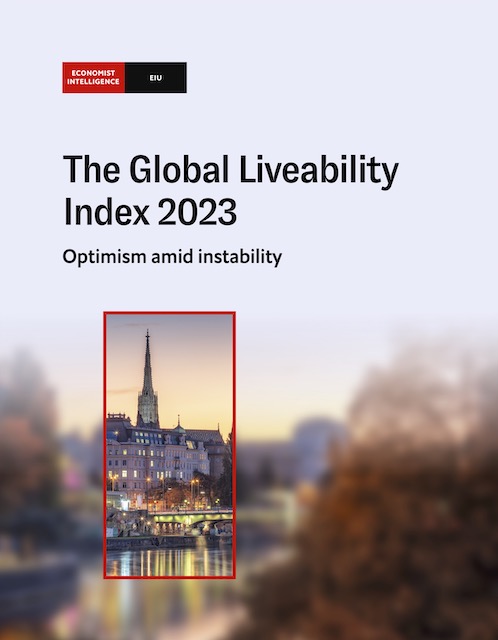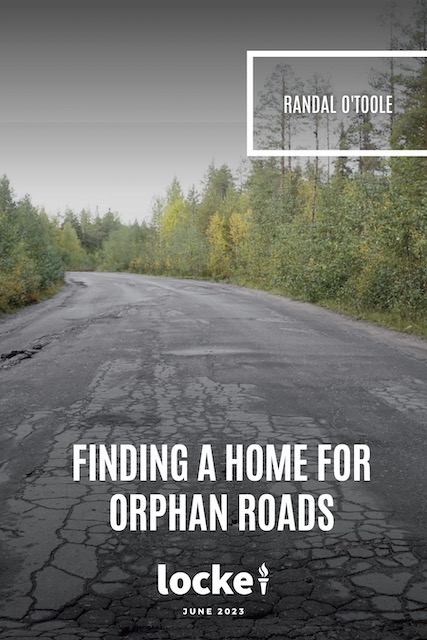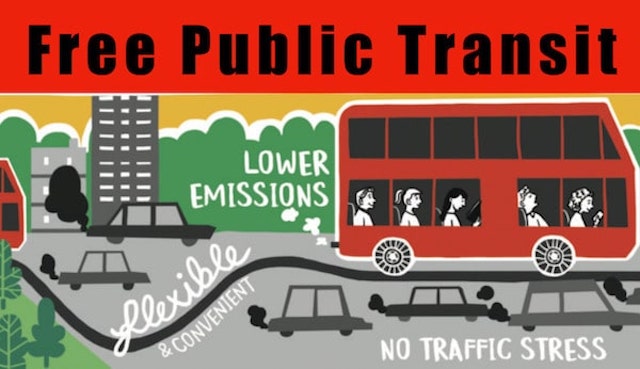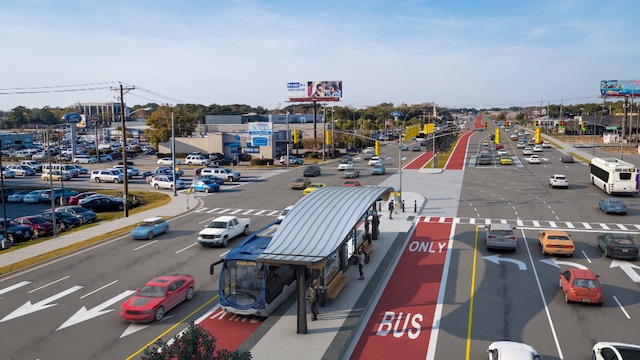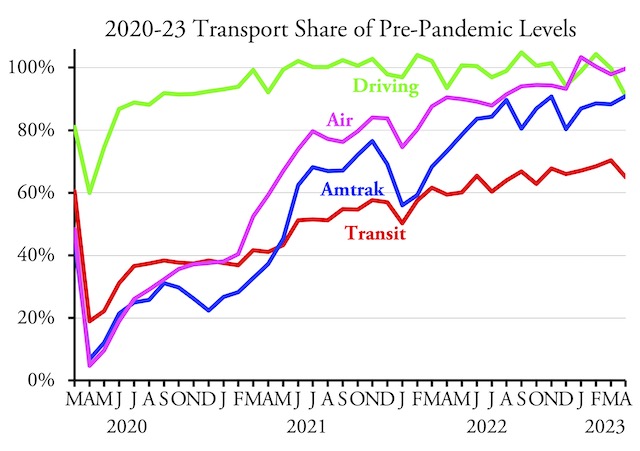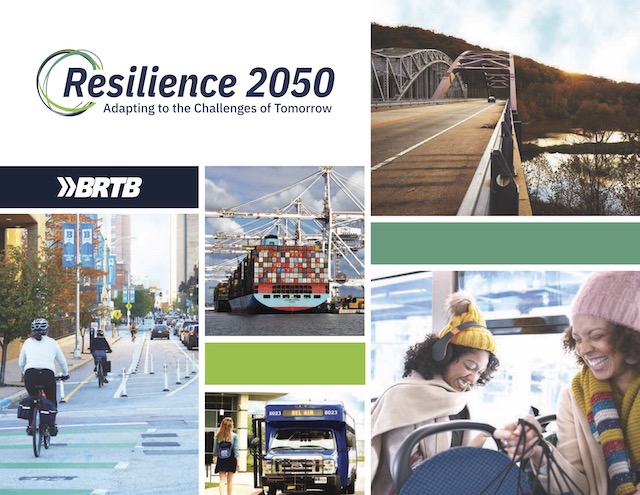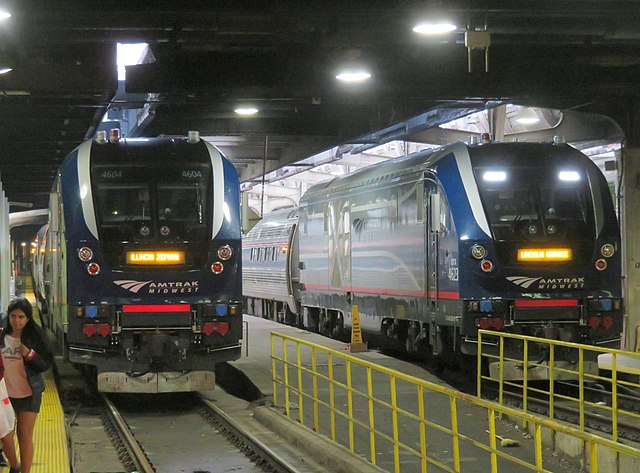North America’s most livable cities are also among the least affordable. At least, that’s my conclusion from the Economist‘s 2023 Livability Index. According to this index, Vancouver BC, which Wendell Cox ranks as the least-affordable housing market in North America, is also the continent’s most livable city.
Click image to download a copy of this report.
Other cities that the Economist ranks high on the livability list include Boston, Honolulu, Miami, Montreal, Portland, Toronto, San Francisco, Seattle, and Washington, all of which are rated unaffordable (median home prices are at least five times median household incomes) by Cox. The only city that is truly affordable and, according to the Economist, livable is Pittsburgh, and it’s so livable that its population has been shrinking for 70 years. Admittedly, the Economist also counts Atlanta, Calgary, and Minneapolis as livable, regions that Cox says are marginally affordable (home prices 4 to 5 times incomes). Continue reading

